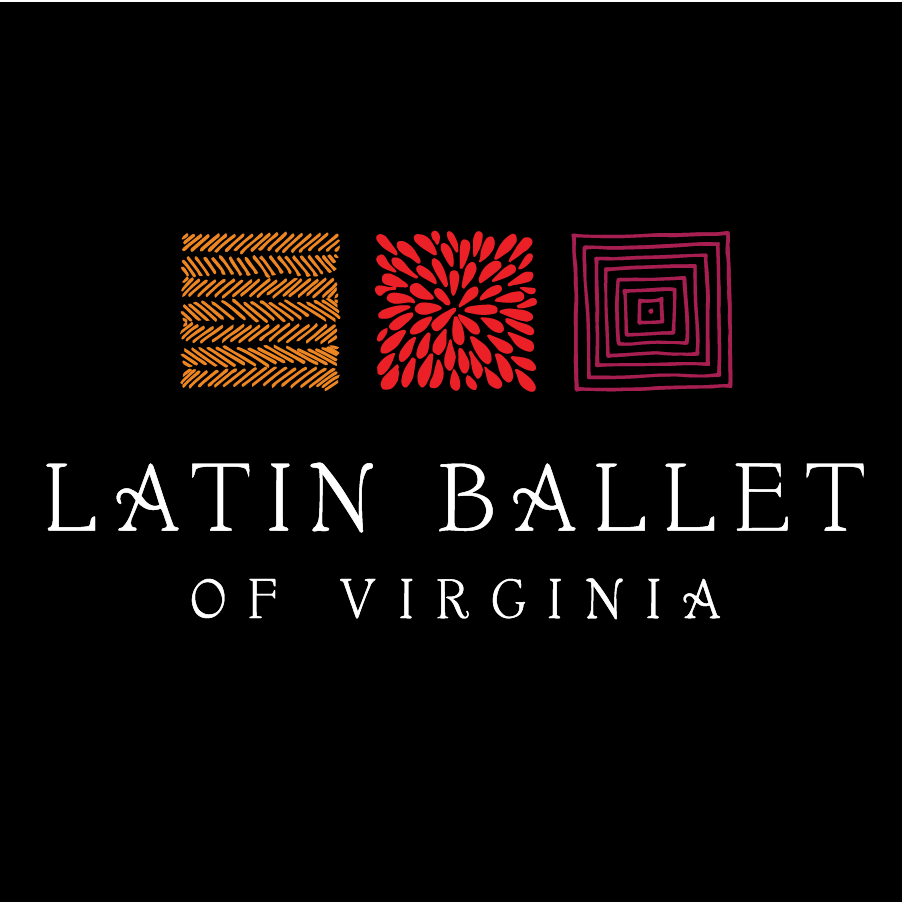Carnaval
Carnaval is a celebration of life. A gathering of music and dance for self discovery and understanding of other cultures.
Many years before the discovery of the New World, the Catholic Church in Italy began the tradition of holding a wild costume festival on the eve of the first day of Lent. The word “Carnival” comes from “Carnevalle” which means “to put away the meat”, because Catholics were not supposed to eat meat during Lent.
As time passed, Italian carnivals became quite famous, and the practice spread to France, Spain and other Catholic countries in Europe. As the French, Spanish, and Portuguese began to colonize the Americas and other parts of the world, they took their Carnival traditions with them.
In the New World, carnivals were strongly influenced by ancient African traditions in which parading and moving in circles through villages while wearing masks and costumes was believed to bring good fortune, heal problems, and calm angry ancestors who had passed into the next world.
Calling of the Gods
The moon is always in the sky, the stars accompany the lanterns on the stoops and the Goddess of the Sea, and the Mother of the Waters , Iemanja, slowly spreads her hair out towards the sea and there is nothing in the world as beautiful.
"The ocean is large, the sea is a road without end, waters make up more than half the world, they are three-quarters of it, and all that belongs to Iemanjá. She hears the prayers of the women of the sea. She embraces all children in her bosom.”
Las Mudras y su significado (the Mudras and its meaning)
The tradition of a Carnaval dates from 1890 in the city of Cadiz, Spain. It was originally called Murga Gitana. The Carnival of Cadiz has its influence from the Middle East dances such as Danza Oriental de Velos (Oriental dance of Veils) and Gawasi (Danzas folkloricas gitanas) with its roots in India.
“Lo Sagrado y lo Profano del Brasil” (The sacred and the profane of Brazil)
Danza de Fuego “Fire Dance”
Trinidad - Soca and African-Caribbean
Carnival was introduced to Trinidad around 1785, as the French settlers began to arrive. For African people, carnival became a way to express their power as individuals, as well as their rich cultural traditions. Today, carnival in Trinidad is like a mirror that reflects the faces the many immigrants who have come to this island nation from Europe, Africa, India, China, African, Asian, and American Indian.
La Vida es Un Carnaval
The Queen of Carnaval
Spain and Carnaval
Cadiz, one of Spanish’s major ports during the XVI century, celebrated carnaval with its origins in Venice, a city with which it had much trade.
La Rosa le reza a la Luna (the Rose prays to the Moon)
The Fire Bird
A Gozar se dijo – “Let’s party, I say!”
Colombia y el mapale
Colombian Carnaval dates back to the XIX century and it is celebrated mainly in the northern coastal city of Barranquilla. It takes place for four days preceding Ash Wednesday. Barranquilla Carnival includes dances like the Spanish paloteo, African congo and indigenous mico y micas.
Brazil, Samba Frevo, and Forro
Brazilian Carnival has its origins in the Portuguese celebration. Forty days before Easter, marking the start of Lent. Roman Catholics, who constitute the majority in Brazil, are to abstain from bodily pleasures. Carnival is then celebrated as a profane event. The first Brazilian Carnival started with the first masked ball (citing Parisian influence) in 1830.

